Proper glute activation is key for safe and effective lower-body workouts, and one of the easiest ways to activate your glutes is by using resistance bands.
As a personal trainer with nine years of experience, I’m here to guide you through the top band-based activities for optimal glute activation.
The gluteal region consists of three muscles (maximus, medius, and minimus), each playing crucial roles in hip extension, rotation, abduction, and overall stability. Some of the best band activities for warming up all three muscles include lateral walks, clamshells, fire hydrants, donkey kicks, and glute bridges.
I’ll teach you which exercises are the most effective, how to perform each movement properly, and how to incorporate them to build the best glute activation warm-up.
Key Takeaways
Proper glute activation is crucial for safe and effective lower body training, especially for women as they are more prone to hip, knee, and ankle injuries.
Glute band exercises improve proprioception, promote muscle balance, contribute to hip stability, and develop a mind-muscle connection.
Activating your glutes with bands in your warm-up can optimize your performance during your workout, especially for squats, deadlifts, snatches, and cleans.
Glute Muscles: Brief Overview

The glute area consists of three primary muscles (gluteus maximus, medius, and minimus) that play a crucial role in numerous gym and everyday activities. Let’s take a brief look at the three muscles and their functions:
Gluteus Maximus
This is the largest and one of the strongest muscles in the body. It makes up the bulk of the buttocks, and its primary function is hip extension, bringing your hips in line with your shoulders from a hinged position.
In training, the gluteus maximus is most active during hip thrusts, deadlifts, deep squats, and other similar movement patterns. It is also active during intense activities like sprinting and jumping because your hip is flexing and extending during each stride you take.
Additionally, the gluteus maximus flexes isometrically to provide hip stability, which is crucial in many exercises, including the plank, standing overhead press, and pull-up.
Gluteus Medius
Situated on the outer edges of the hips, the gluteus medius is a smaller muscle mainly responsible for hip abduction (bringing your leg away from your body).
An example of hip abduction would be the standing lateral leg raise, where the objective is to lift the leg to the side, away from your body’s midline.
The muscle is also necessary for stabilizing the pelvis (e.g., keeping one side from dropping when the opposite foot is off the ground) and internally rotating the thighs.
“the anterior (ventral) fibers of the gluteus medius assist in hip internal rotation whereas the posterior (dorsal) fibers of the gluteus medius assist in hip external rotation. This has been confirmed in studies measuring moment arms.”
-Bret Contreras, Ph.D., known as “The Glute Guy”
Gluteus Minimus
As its name suggests, the gluteus minimus is the smallest of the three muscles. The muscle lies underneath the gluteus medius and assists with hip abduction and internal rotation.
While not as popular as the glute med, the gluteus minimus supports the hips and assists the gluteus medius.
Related Article: Best Banded Hamstring Exercises
Benefits Of Using Bands To Activate The Glutes

Let’s look at four prominent benefits of using bands to target the glutes before training:
Excellent Muscle Activation
Resistance bands offer constant tension throughout the entire range of motion which helps to improve activation of your glute muscles because there is no opportunity to rest and unload the muscle.
This improved activation can help lifters establish a better mind-muscle connection with their glute muscles, leading to more productive workouts.
Promoting Hip Stability
Performing glute exercises with bands activates and strengthens the three glute muscles which improves hip stability. A lack of stability at the hips is a major cause of injury, especially for female athletes, so building stability in the hips can dramatically reduce your risk of injury.
Additionally, doing banded activities before a workout can activate other muscles around the glutes and improve muscle coordination, boosting your performance on complex compound lifts like the deadlift.
Improving Proprioception
Proprioception, the ability to sense the location and movement of various body parts, can acutely improve when targeting your glutes with band exercises.
As you engage your glutes and force them to overcome the band’s resistance, you become more aware of your hip position, knee position, and movement patterns, which can positively affect your athletic performance and keep you safe.
For example, many sports-related injuries are related to the knees caving in toward one another, which puts stress on the ACL. By activating the glutes (which control the position of the knees) and becoming more aware of your knee position, you can reduce the likelihood of your knees caving in.
Activating All Three Gluteal Muscles
Using resistance bands allows you to target your glutes from several angles and through different ranges of motion. This means you can engage all three glute muscles more effectively using bands than you could if you only did warm-up sets of squats, deadlifts, hip thrusts, etc.
The primary benefit is that, over time, your glute medius and minimus will strengthen and develop, reducing the risk of muscle imbalances and associated issues: joint strain, poor movement patterns, nagging aches, etc.
11 Best Banded Glute Activation Exercises
Now that you’re aware of the benefits of activating your glutes with bands, here are the exercises you can incorporate to reap those benefits:
1. Band Glute Bridge
Target muscles: gluteus maximus, medius, and minimus, quadriceps, hamstrings, and midsection
How To
- Loop a hip band over your thighs, just above your knees.
- Lie on the floor, bend your knees, and plant your feet on the ground.
- Position your arms to your sides for balance.
- Take a breath, engage your abs, and press through your heels, driving your hips toward the ceiling.
- Squeeze your glutes at the top and push your knees out to keep tension on the band.
- Lower your buttocks to the floor and exhale.
- Repeat for the desired number of reps.
2. Lateral Band Walk
Target muscles: gluteus medius and minimus, hamstrings, quadriceps, and adductors
How To
- Loop a hip band around your thighs (just above the knees) and stand tall.
- Lean your torso forward slightly and bend your knees several degrees to assume an athletic stance.
- Inhale, engage your abs, and step to the left as you exhale.
- Take another breath and step to the left again.
- Continue taking steps to the left and take the same number of steps in the opposite direction.
- As you step, ensure that your knee is pushing out into the band the entire time. Do not let it cave inward against the resistance.
3. Band Fire Hydrant
Target muscles: gluteus medius, gluteus minimus, and midsection
How To
- Loop a hip band around your thighs and assume a quadruped position (knees and hands on the ground). Your knees should be directly underneath your hips, with your shoulders, elbows, and wrists aligned.
- Puff your chest out, take a breath, and engage your abs.
- Lean slightly to your right and raise your left leg to the side in one fluid motion, pausing at the top. Don’t change the angle of your knee during the rep.
- Lower your left knee to the starting position and repeat.
- Once finished, lean slightly to the left and do the same number of reps with your right leg.
4. Band Clamshell
Target muscles: gluteus medius and minimus
How To
- Loop a hip band around your thighs, just above your knees.
- Lie on your right side, bend your knees at 90 degrees (or closer), and have your left leg on top of the right one with your feet together.
- Bend your right arm and have your head resting on your hand. Keep your left hand on the floor for balance.
- Take a breath and raise your left knee toward the ceiling in one fluid motion without letting your hip rotate. Keep your feet together.
- Pause briefly and lower the knee to the starting position as you exhale.
- Once finished, lie on your left side and repeat for the same number of reps.
5. Band Squats
Target muscles: gluteus maximus and medius, quadriceps, hamstrings, adductors, and midsection
How To
-
Loop a hip band over your legs, just below or above your knees.
-
Stand tall, have your feet hip-width apart, and point your toes slightly out (external rotation).
-
Puff your chest out, extend your arms forward for balance, inhale, and squeeze your abs.
-
Descend into a squat, going down as low as you comfortably can, keeping your heels on the floor and knees pointing out over your toes to stretch the band.
- Pause briefly at the bottom and press the ground away to return to the top as you exhale.
6. Quadruped Band Donkey Kick
Target muscles: gluteus maximus, medius, and minimus, hamstrings, and midsection
How To
- Loop a hip band over your thighs, just above your knees.
- Get down on all fours with your knees stacked underneath your hips, and your wrists, elbows, and shoulders aligned.
- Take a breath and engage your abs. Do not let your back arch.
- Bring your left leg back and up (keeping your knee bent) until your knee aligns with your glutes.
- Pause briefly and lower the leg to the starting position as you exhale.
- Take another breath and repeat.
- Once finished, do the same number of reps with your other leg.
7. Band Hip Thrust With Hip Abduction
Target muscles: gluteus maximus, medius, and minimus, quadriceps, hamstrings, and midsection
How To
- Loop a hip band over your thighs, just above your knees.
- Face away from a flat gym bench and sit on the ground.
- Lean back and place your upper back against the edge of the bench.
- Bend your knees and have your feet flat on the floor. Have your feet at a comfortable distance from your buttocks to avoid bending your knees too much. Aim for a 90-degree angle at the knees once your hips are extended.
- Inhale and press through your heels to drive your hips toward the ceiling.
- Pause when your hips align with your torso, and immediately push your knees out into the band in one fluid motion.
- Return your knees to their previous position and lower your buttocks to the floor as you exhale.
8. Band Lateral Leg Raises
Target muscles: gluteus medius and minimus
How To
- Loop a hip band around your thighs, just above your knees.
- Stand tall, puff your chest out, inhale, and squeeze your abs.
-
Optional: Grab onto an external object for balance.
- Raise your right leg laterally (out to the side) in one fluid motion and pause momentarily.
- Lower the leg to the starting position and exhale.
- Do 15 to 20 controlled reps and repeat with your left leg.
9. Band Seated Hip Abduction
Target muscles: gluteus medius and minimus
How To
- Loop a hip band around your thighs, just above your knees.
- Sit down, plant your feet flat on the ground, and have your knees at a 90-degree angle. Have your feet together.
- Straighten your upper body and inhale.
- Bring your knees out in one fluid motion while keeping your feet together. Pause briefly.
- Slowly return your knees to the starting position as you exhale.
10. Band Monster Walk
Target muscles: gluteus maximus, medius, and minimus, quadriceps, hamstrings, and adductors
How To
- Wrap a hip band around your lower legs (just above the ankles) or your thighs (just over the knees).
- Have your feet hip-width apart or slightly wider. The goal is to stretch the band and keep it stretched throughout the movement.
- Lean your torso forward slightly and bend your knees several degrees to assume an athletic stance.
- Inhale and engage your abs.
- Step one foot forward and out, making sure there is band tension. You should feel your glutes activate.
- Take another breath and step the other foot forward and out.
- Continue stepping forward, keeping the band stretched. Make sure your knees point out and don’t cave in against the band’s tension.
11. Banded Frog Pumps
Target muscles: gluteus maximus, hamstrings, adductors, and midsection
How To
- Loop a hip band around your thighs, just above the knees.
- Lie on the ground, bend your knees, and place the bottom of your feet against each other.
- Place your arms to your sides for balance.
- Inhale and engage your abs to prevent your lower back from arching.
- Press through your feet and squeeze your glutes to lift your hips toward the ceiling.
- Pause when your knees, hips, and shoulders align before lowering your buttocks to the floor and exhaling.
Best Banded Glute Activation Warm-Up
Using the exercises above, you can create a banded glute activation warm-up.
Here is an effective band routine to activate and warm up the gluteal region:
|
Exercise |
Reps |
|
Lateral Band Walk |
15-20 steps (in each direction) |
|
Band Clamshell |
15-20 reps per side |
|
Band Lateral Leg Raise |
15-20 reps per side |
|
Band Seated Hip Abduction |
15-20 reps |
|
Band Glute Bridge |
12-15 slow and controlled reps |
You’ll notice that I didn’t include all the exercises listed above because many of them activate the glutes in similar movement patterns. The best glute activation warm-up will include multiple exercises that work different movement patterns.
You can swap out some of these exercises for similar variations as needed or desired.
For example, you could trade out the Lateral Band Walk for a Monster Walk, the Band Glute Bridge for the Band Hip Thrust + Abduction, and the Band Seated Hip Abduction for Banded Fire Hydrants.
Regardless of which variations you choose, you should aim to Incorporate this band routine into your warm-up before lower body training days.
Best Bands To Use For Glute Activation

The hip bands 3-pack by Gymreapers is your best choice for glute activation and warm-up resistance bands.
With these bands, you get three levels of resistance to get the exact amount of tension you need on each exercise:
- Slate (light) - 15 lbs
- Charcoal (medium) - 20 lbs
- Black (heavy) - 25 lbs
Additionally, these bands are made from a premium elastic material, which ensures durability. The inside is lined with latex, allowing the band to stick to your legs and not slip up or down during training.
Each band is wide enough to cover a larger surface area, ensuring a comfortable and bruise-free training experience, even if you stretch the band to its limits.
If you want a different color palate, we also offer the same 3-pack in pastel colors: juniper, rose, and lilac.
To top it all off, Gymreapers offer a one-year replacement guarantee in case there’s anything wrong with the bands you purchase.








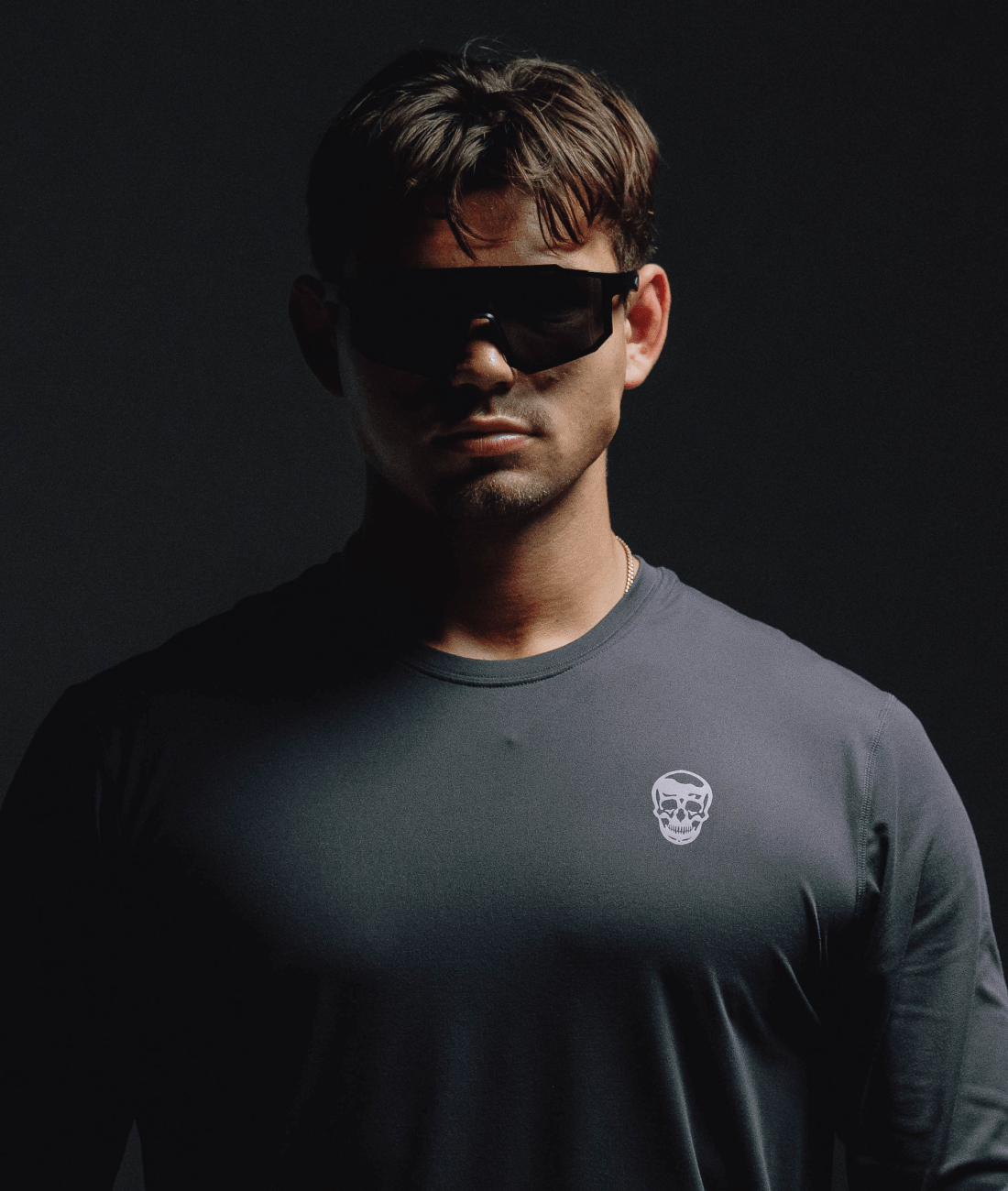
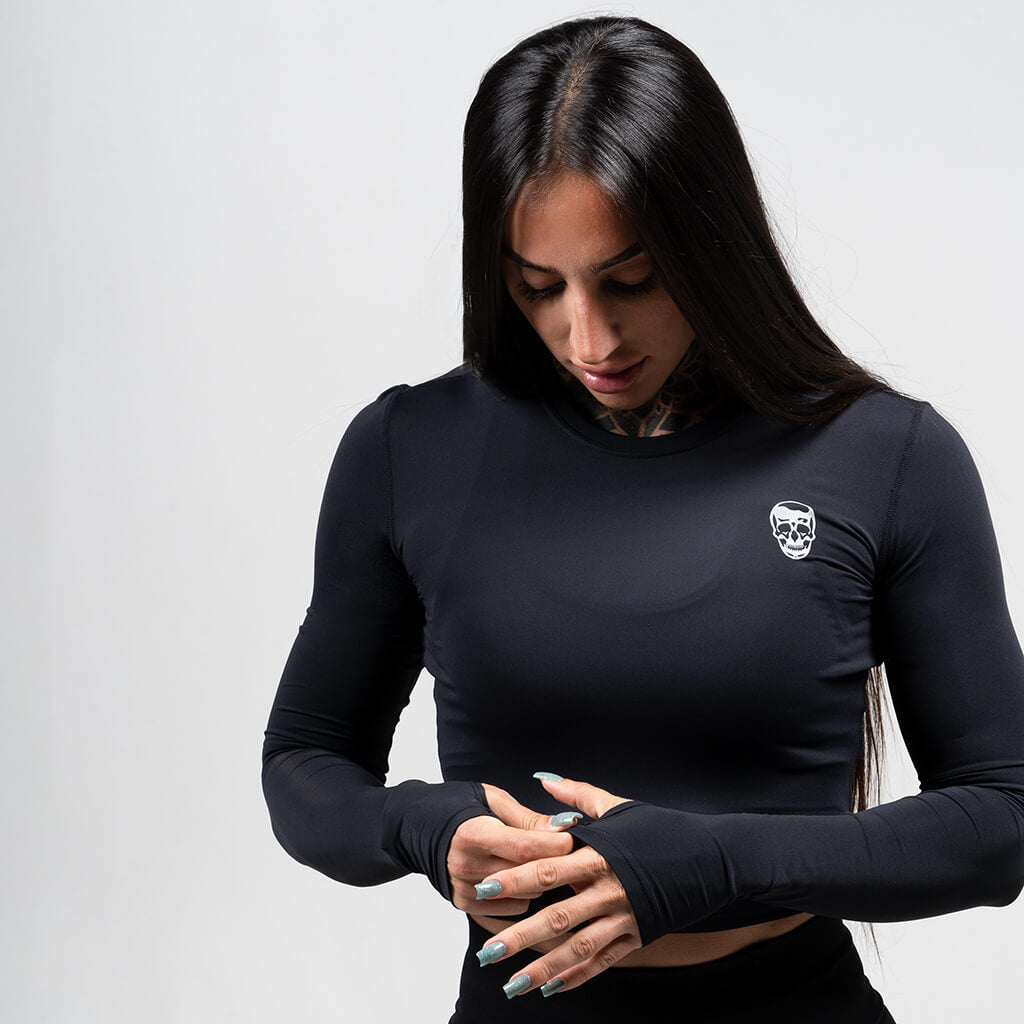
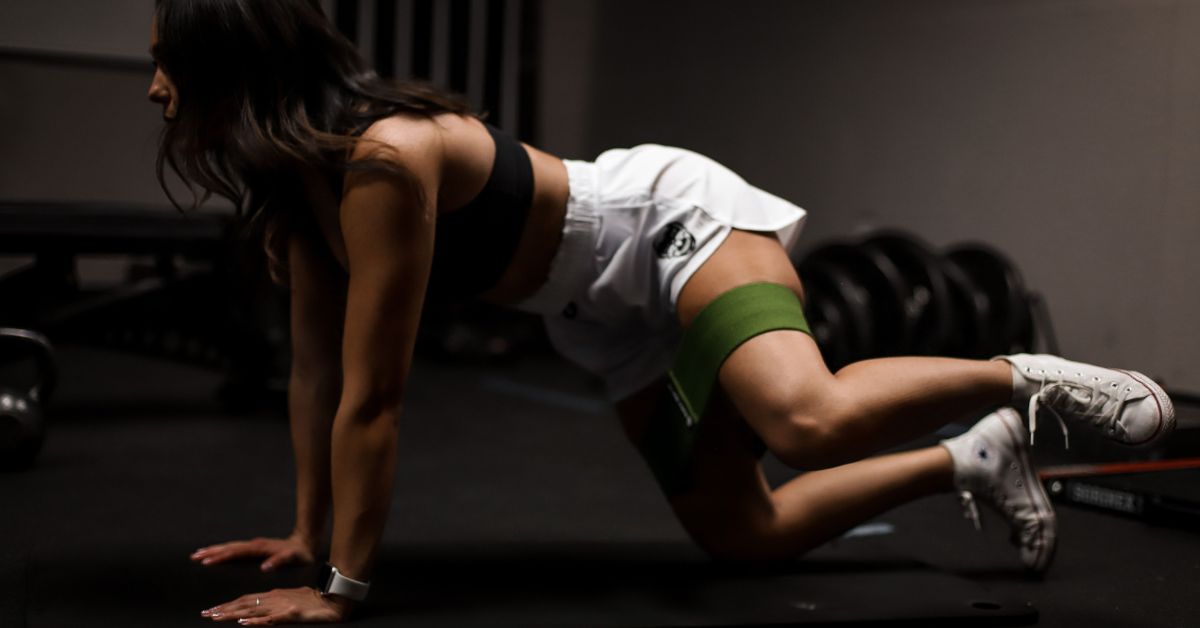
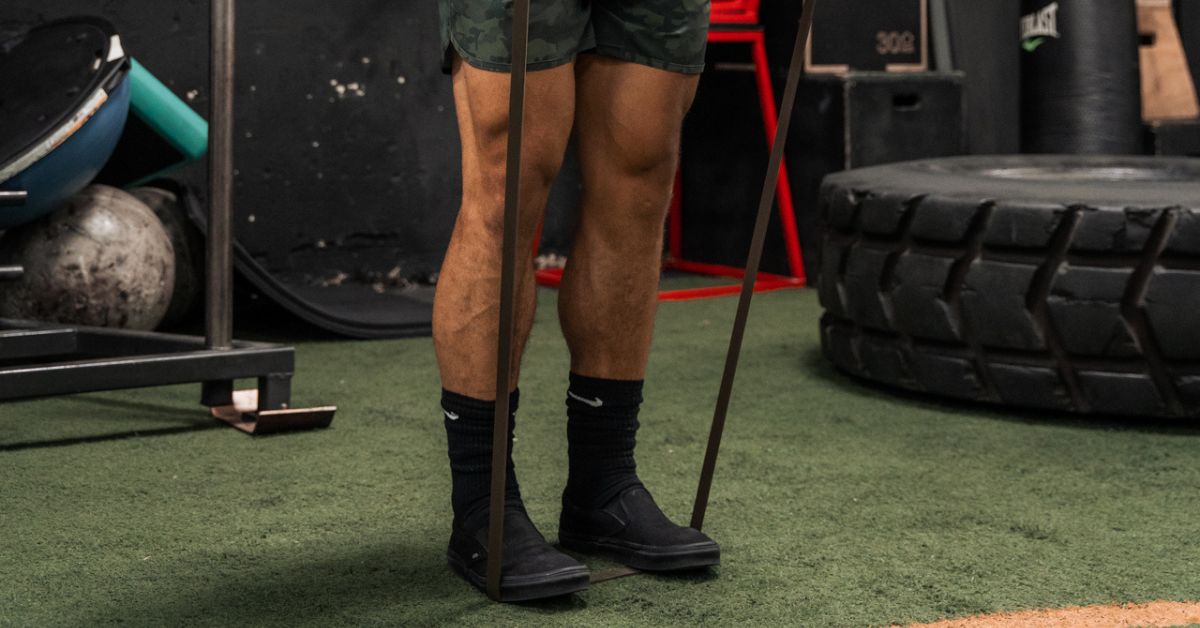
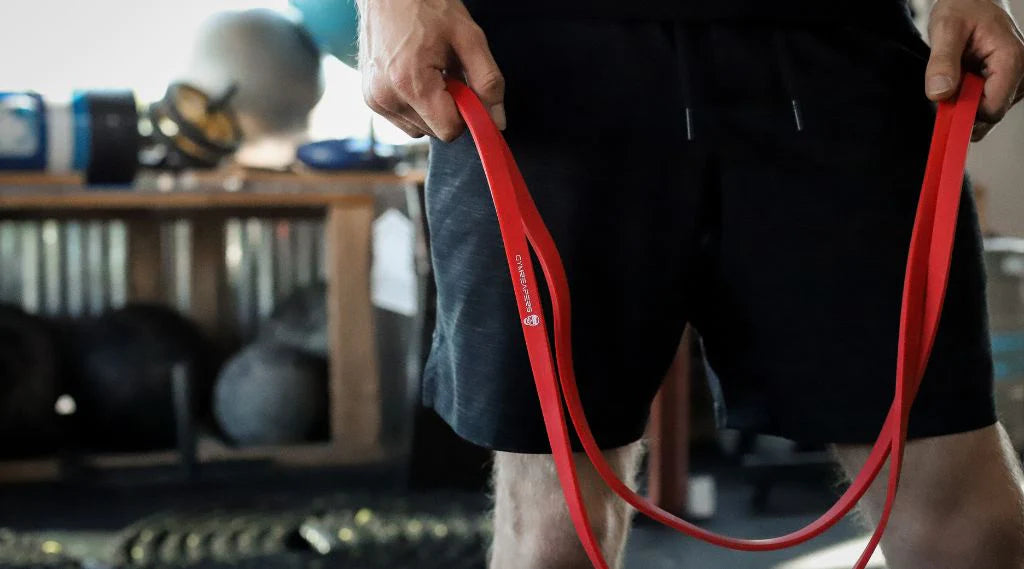
Leave a comment
All comments are moderated before being published.
This site is protected by hCaptcha and the hCaptcha Privacy Policy and Terms of Service apply.